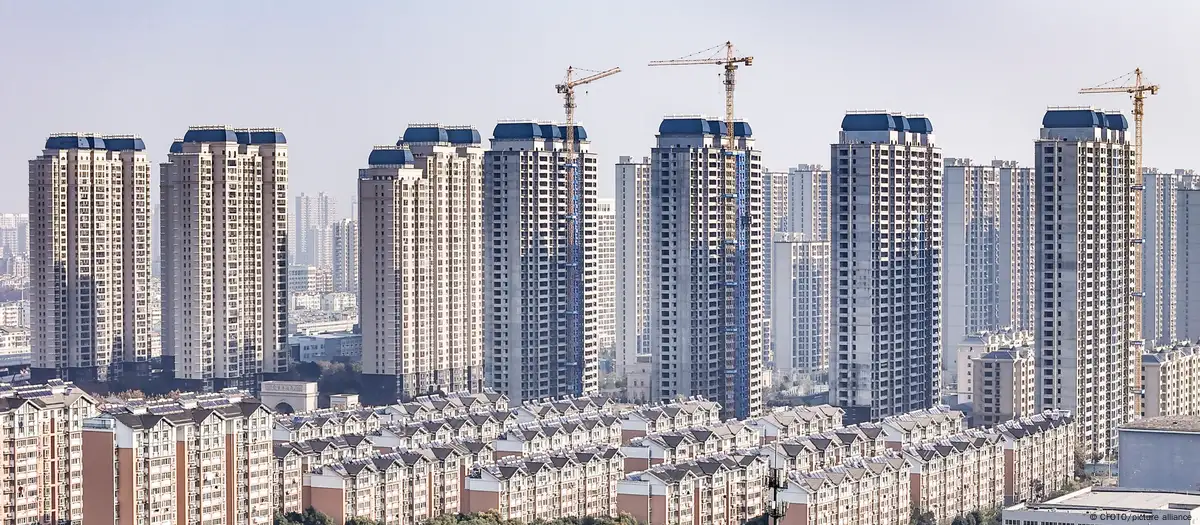The Chinese government has recently introduced a comprehensive stimulus plan aimed at revitalising its economy, which has been struggling with slower growth and other challenges. This package is seen as an essential measure to counter the effects of the global economic slowdown, rising debt levels, and a series of domestic issues, including a real estate crisis and weakened consumption. Many experts are debating whether this is the right measure at the right time.
This article explores the key aspects of China’s stimulus plan, its impact on the domestic and global economy, and whether it addresses the critical issues the country is currently facing.
Background: Why China Needs a Stimulus Plan
China’s rapid economic expansion over the past few decades has made it the second-largest economy in the world. However, this growth has slowed significantly in recent years. The COVID-19 pandemic, trade tensions with major economies like the United States, and structural challenges within the Chinese economy have compounded the problem.
One of the primary reasons for this downturn is a sluggish domestic consumption rate. Despite efforts to boost household spending, China’s consumer base remains hesitant. High property prices, wage stagnation, and a lack of social safety nets have led many Chinese citizens to save more rather than spend. This cautious approach to consumption has had a negative ripple effect throughout the economy, stifling growth in sectors like retail, services, and manufacturing.

Additionally, China’s real estate sector, a major contributor to GDP, has faced mounting difficulties. The collapse of Evergrande and other major real estate developers has exposed the risks in the country’s housing market. The bursting of the property bubble has not only affected construction companies but also put financial institutions at risk, leading to concerns over a potential debt crisis.
China’s external environment is equally challenging. Global trade dynamics have shifted, especially with ongoing trade wars and the increasing move towards protectionism in the West. With demand for Chinese exports declining, the government faces pressure to stimulate domestic demand and invest in critical sectors to sustain its growth.
Key Features of the Chinese Stimulus Plan
The new stimulus package aims to tackle several of these challenges through a mix of fiscal, monetary, and industrial policies. At the heart of the plan is a large injection of liquidity into the economy through lower interest rates, tax cuts, and increased government spending on infrastructure and technology.
1. Infrastructure Investments:
A key component of the stimulus is a significant boost to infrastructure development. The Chinese government plans to invest heavily in public infrastructure projects such as railways, highways, and airports. This not only provides immediate jobs but also improves long-term economic productivity by enhancing connectivity and logistics.
2. Tax Cuts and Financial Support:
The government has introduced several tax incentives, particularly for small and medium-sized enterprises (SMEs) that form the backbone of China’s economy. Tax reductions are expected to alleviate the burden on businesses, enabling them to reinvest in their operations, retain workers, and potentially expand. Additionally, the central bank has provided targeted loans to companies in sectors critical to the recovery.
3. Focus on Technology and Innovation:
The stimulus plan also prioritises investments in high-tech industries, including 5G, artificial intelligence (AI), and clean energy. China recognises that future growth will depend on transitioning its economy from one driven by manufacturing and exports to one led by technology and innovation. By prioritising these sectors, China aims to future-proof its economy and ensure it remains competitive in the global market.
4. Real Estate Sector Stabilisation:
Acknowledging the critical role of the real estate sector, the stimulus package includes policies aimed at stabilising property markets. These measures include easing restrictions on housing purchases in some cities, providing financial support to struggling developers, and introducing more flexible lending policies to encourage home buying.
5. Consumer Demand Boost:
To address the issue of weak domestic consumption, the government has also rolled out measures to encourage spending. These include subsidies for consumers to purchase big-ticket items like electric vehicles and home appliances. By directly supporting consumers, the government hopes to reignite household spending and stimulate demand in various sectors.
Global Impact and Implications
China’s stimulus plan is not just crucial for its domestic economy; it holds significant implications for the global market. As the world’s second-largest economy, China plays a critical role in global supply chains, manufacturing, and trade. A recovery in China could help stabilise the global economy, especially at a time when other regions are also grappling with economic challenges.
One of the immediate impacts could be felt in the commodities market. With increased infrastructure spending and construction activity, China’s demand for raw materials such as steel, copper, and cement is expected to rise. This could drive up prices globally, benefiting countries that export these materials.
Moreover, China’s focus on technology and clean energy investments aligns with global trends towards sustainability and decarbonisation. If successful, this could accelerate the global transition to renewable energy sources and further the adoption of technologies such as electric vehicles and AI-powered systems.
However, not all impacts may be positive. Increased government spending and lower interest rates could lead to inflationary pressures, both domestically and globally. Additionally, China’s stimulus could lead to increased competition in key industries, especially in the tech sector, where it aims to dominate global markets. This may intensify competition between China and other major economies, especially the United States and Europe.
Challenges and Risks
While the stimulus plan is ambitious, it is not without risks and challenges. China’s ballooning debt is a critical issue. Government spending on such a large scale raises concerns about the sustainability of its debt levels. China’s local governments, which are already heavily indebted, may struggle to finance these infrastructure projects without taking on more loans, potentially leading to a future debt crisis.
Another challenge is the real estate market. Although the government’s efforts to stabilise the sector are commendable, it may not be enough to offset the deeper structural problems. Property developers are grappling with high debt, and many consumers are reluctant to buy homes in the current uncertain climate. If these underlying issues are not addressed, the real estate sector could continue to be a drag on the overall economy.

Moreover, stimulating domestic consumption remains a tough task. Cultural factors, such as a strong propensity to save, may limit the effectiveness of consumer-focused measures. Without addressing issues such as income inequality and social security, it may be difficult for the government to significantly shift consumer behaviour in the short term.
Lastly, China’s geopolitical environment presents external risks. Ongoing trade tensions with the US, concerns over Taiwan, and international scrutiny over China’s human rights record could complicate its economic recovery. Any escalation in these areas could disrupt global trade flows and hinder the effectiveness of the stimulus plan.
Is the Stimulus Plan the Right Measure?
The Chinese stimulus plan appears to be a comprehensive and well-targeted approach to addressing the current economic challenges. By focusing on infrastructure, technology, real estate stabilisation, and boosting domestic consumption, the government is taking steps to ensure both short-term recovery and long-term sustainable growth.
However, the plan’s success will depend on its execution and the broader global context. If the government can manage its debt, stabilise the real estate market, and boost consumer confidence, the stimulus could be highly effective. On the other hand, if these challenges are not met, China could face continued slow growth or even a financial crisis.
Given the scale of the Chinese economy, the world will be watching closely. The success or failure of this stimulus plan will have far-reaching implications, not just for China but for global economic stability. Only time will tell whether the Chinese government has made the right move at the right time.
While the stimulus plan addresses critical areas of the economy, its implementation and the resolution of underlying structural problems will ultimately determine whether it was indeed the right measure at the right time.



